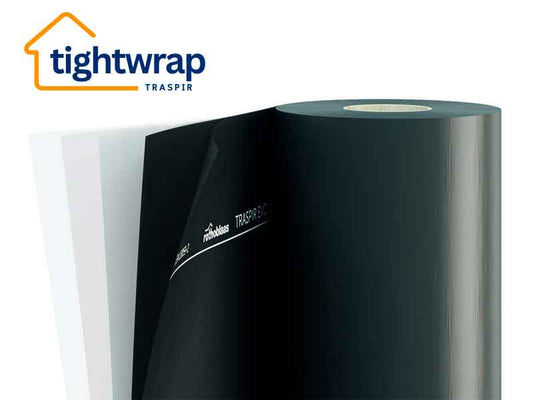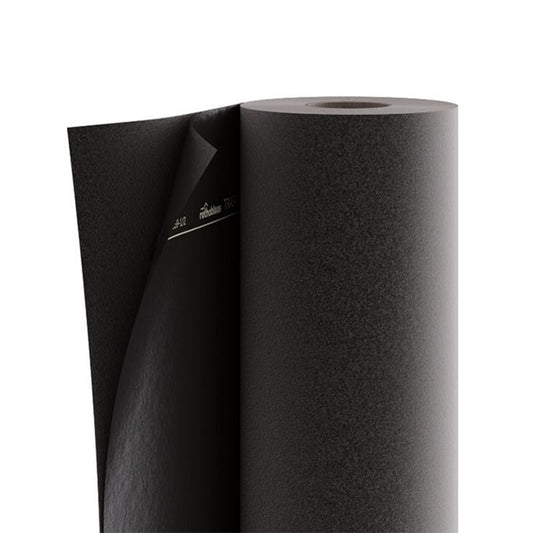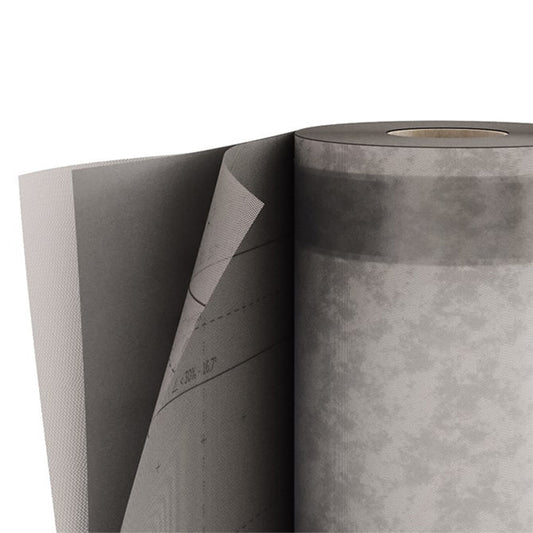
Facade Membranes
Advanced facade membranes for long-lasting protection
Facade membranes are essential in modern construction, providing weather protection, breathability, and UV resistance for external cladding systems. Whether you're installing a breathable facade membrane for moisture control or a UV facade membrane for long-term exposure protection, these advanced materials help maintain the durability and performance of timber buildings.
Designed to prevent water ingress while allowing moisture vapour to escape, facade membranes play a crucial role in protecting insulation and structural components from the elements. By incorporating facade breather membranes into ventilated cladding systems, builders can enhance energy efficiency, reduce condensation risks, and extend the lifespan of timber structures.
Our high-performance facade membranes provide superior weather protection while allowing controlled breathability. Designed for modern construction, they enhance durability, energy efficiency, and aesthetics. Browse our facade membranes today.
-
Traspir Evo UV 210
Regular price £439.71 GBPRegular priceUnit price / per -
Traspir EVO UV Adhesive 250 'Tightwrap' - External Air Tightness Barrier Membrane
Regular price £723.09 GBPRegular priceUnit price / per -
Traspir Felt Evo UV 210
Regular price £307.80 GBPRegular priceUnit price / per -
Traspir Evo 160
Regular price £307.03 GBPRegular priceUnit price / per -
Traspir 150
Regular price From £120.00 GBPRegular priceUnit price / per
How do facade membranes work?
Facade membranes function as a protective barrier between the external cladding and the internal structure of a building. Their main functions include:
- Water resistance – a facade waterproof membrane prevents rain and moisture from penetrating the structure while ensuring the building remains dry.
- Breathability – a facade breather membrane allows moisture vapour generated inside the building to escape, reducing the risk of trapped condensation.
- UV protection – UV facade membranes are designed to withstand prolonged sun exposure, ensuring they do not degrade or lose effectiveness over time.
- Wind resistance – facade membranes also serve as a wind barrier, preventing uncontrolled airflow while maintaining ventilation within the cladding system.
These properties make facade membranes ideal for timber-framed buildings, ventilated facades, and open-joint cladding systems, where moisture regulation and weatherproofing are critical to long-term performance.
What are the benefits of facade membranes?
- Weatherproofing and moisture control - A facade waterproof membrane prevents rain and wind-driven moisture from penetrating the building, protecting insulation and timber frameworks from damp-related issues.
- Enhanced breathability - A breathable facade membrane allows moisture vapour to escape from the structure while keeping external water out, reducing condensation buildup and mould growth.
- UV stability and long-term performance - Unlike standard membranes, UV facade membranes are designed for extended exposure to sunlight, ensuring they do not degrade, shrink, or become brittle over time.
- Improved energy efficiency - By reducing air leakage and maintaining insulation performance, facade membranes help to create more energy-efficient buildings, lowering heating and cooling costs.
- Protects cladding and structural components - A high-quality facade membrane prevents moisture damage, rot, and premature deterioration of cladding materials and timber frames, increasing the building’s lifespan.
What to consider when choosing a facade membrane?
Selecting the right facade membrane depends on several key factors:
Type of facade system
- Ventilated cladding systems – require a breathable facade membrane to allow controlled moisture escape while preventing external water penetration.
- Open-joint cladding – needs a UV-resistant facade membrane to withstand prolonged sun exposure.
- Sealed cladding – often uses a waterproof facade membrane for maximum moisture protection.
UV resistance
- If the membrane will be exposed to direct sunlight, choose a UV facade membrane designed for long-term exposure without degradation.
Water resistance vs. breathability
- If moisture control and ventilation are the priorities, opt for a breathable facade membrane.
- If full waterproofing is required, a facade waterproof membrane is the best choice.
Compatibility with insulation and cladding
- Ensure the facade membrane is compatible with the insulation and cladding materials used in the building to maintain performance and durability.
Fire performance and building regulations
- Some facade membranes come with fire-retardant properties to meet specific safety and regulatory requirements for external facades.
What is the best facade membrane?
The best facade membrane depends on cladding type, exposure levels, and moisture control needs.
- Best for open-joint cladding – UV-resistant facade membranes provide long-term protection against sun exposure without degrading.
- Best for moisture management – breathable facade membranes allow water vapour to escape while maintaining weather resistance.
- Best for full waterproofing – facade waterproof membranes ensure maximum moisture protection, ideal for high-rainfall areas.
- Best for energy efficiency – high-performance facade membranes help reduce air leakage, improving thermal performance and reducing energy costs.
Selecting the right facade membrane ensures optimal building protection, energy efficiency, and structural durability.
Are facade membranes waterproof?
Not all facade membranes are fully waterproof. There are two main types:
- Breathable facade membranes – these are water-resistant but allow moisture vapour to escape, reducing condensation buildup.
- Waterproof facade membranes – these create a fully sealed moisture barrier, preventing any water penetration while maintaining durability.
For open-joint cladding or buildings exposed to extreme weather, a facade waterproof membrane may be required to ensure complete moisture protection.
How to install a facade membrane?
Step-by-step guide to installing a facade membrane
1. Preparation
- Ensure the wall surface is clean, dry, and free from sharp edges that could damage the membrane.
- If required, install insulation boards or battens before applying the membrane.
2. Rolling out the membrane
- Start at the bottom of the facade and work upwards.
- Lay the membrane horizontally, ensuring overlaps of at least 100mm between sheets.
- If using a UV facade membrane, follow manufacturer guidelines for correct exposure limits.
3. Securing the membrane
- Attach the membrane using staples, nails, or facade fixing systems.
- Avoid stretching the membrane too tightly—allow for slight flexibility to accommodate building movement.
4. Sealing joints and edges
- Use approved facade membrane tape to seal overlaps and prevent wind-driven rain penetration.
- Ensure all penetrations, such as windows and doors, are properly sealed using membrane-compatible flashing.
5. Installing external cladding
- Once the facade membrane is secured, install cladding panels, timber slats, or composite boards as per the construction design.
- Maintain a ventilated air gap between the cladding and the membrane to allow for moisture drainage and airflow.
Correct installation ensures that the facade membrane performs effectively, protecting the building against moisture damage, condensation, and long-term weather exposure.
A facade membrane is an essential part of modern timber construction, offering moisture protection, UV stability, and improved insulation performance. Whether you need a facade breather membrane for moisture control, a UV facade membrane for open-joint cladding, or a facade waterproof membrane for full weather protection, choosing the right product is key to long-term structural durability.
By selecting the appropriate facade membrane and ensuring correct installation, timber buildings remain dry, energy-efficient, and protected against the elements for decades to come.
Timber build advice:
-

How to soundproof a timber house?
Find out how -
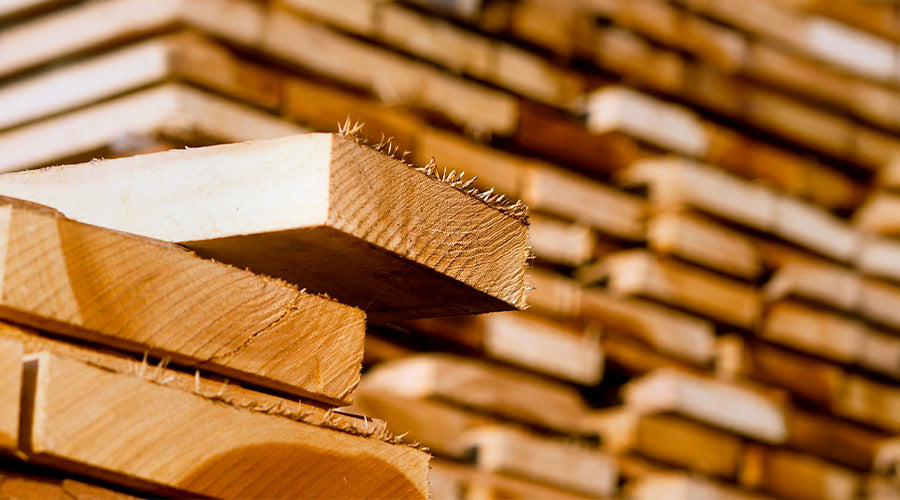
How to connect timber to…..?
Find out how -
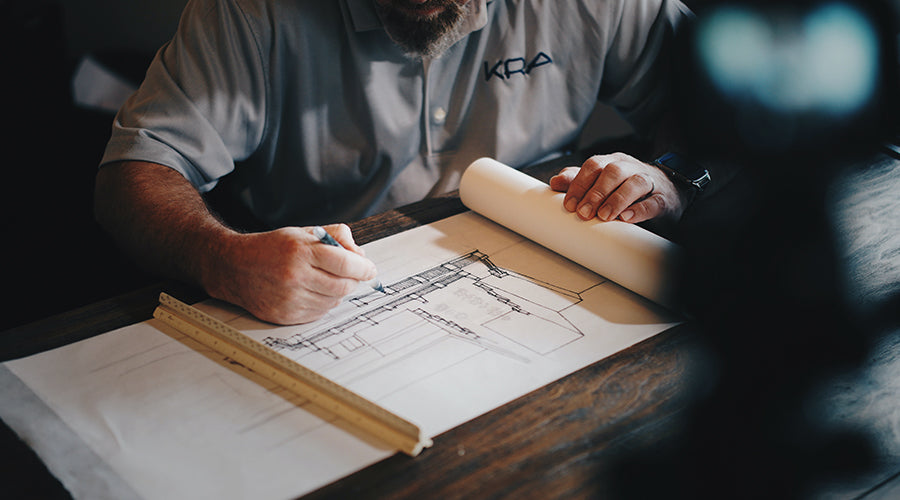
How to fix timber build noise issues?
Find out how
Need advice on your timber project?
Our team of experts are ready to assist you with any questions or guidance you may need for your timber construction. Whenever you're ready to delve deeper into the possibilities, feel free to reach out to us.


